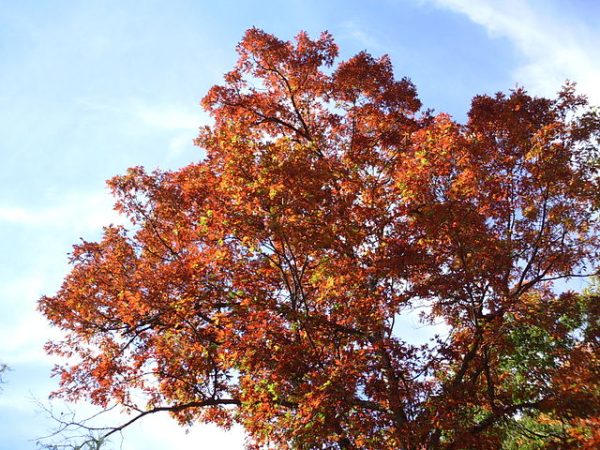How do different Asian cultures celebrate Lunar New Year?
The Lunar New Year, which occurred on Feb. 1 this year, is widely celebrated among people of multiple Asian cultures. While the celebration focuses on starting a new year and welcoming prosperity, different cultures have different traditions surrounding the festival.
According to junior Jamie Lee, who is of Korean culture, Lunar New Year’s purpose is to respect and devote time to elders. People of her culture usually bow to their elders and receive advice or money in return.
“The bows that are done are based on one’s gender,” Lee said. “Girls will place their right hand on top of their left while bowing while the boys will place their left hand on top instead.”
In Vietnamese culture, however, Lunar New Year is a time of renewal where people get together with their families to welcome a new year, freshman Caitlyn Nguyen said.
“Everyone would clean the house top to bottom leaving zero dust,” Nguyen said. “People would buy tons of different types of fruit and prepare tons of dishes before Lunar New year. My family would always… cook vegetarian. We also give out red envelopes called lì xì and go to many festivals.”
On this day, Nguyen’s family participates in traditions like not wearing white or back and not washing hair to not wash away good fortune.
“[Also,] we don’t sweep on the first day and never use sharp objects so that we don’t shorten our life,” Nguyen said. “We would always go to my grandmother’s and celebrate by eating things like bánh tét, balut, bánh chưng, and other meals.”
Like with Vietnamese culture, in China and Hong Kong, Lunar New Year, also known as the Spring Festival, celebrates the beginning of the Lunisolar calendar, junior Chelsia Che, who is of Cantonese culture, said. Che’s family decorates their house with red and yellow items to represent wealth and good fortune, and prepares a celebratory meal as well as a round candy box with tangerines to signify prosperity and togetherness.
“We typically celebrate by making various types of food, like nian gao, dumplings, and mian tiao, and giving/receiving red pocket envelopes, depending on who you are in the family,” Che said. “We also decorate our houses with red and gold/yellow decorations. Additionally, we meet with extended family in order to wish each other good fortune in their new year.”
Despite minor differences, students of all three cultures said they meet with their extended family, either in-person or online, to welcome a new year.
“We generally meet up with close family friends since all of our other family are in Hong Kong, and it can be expensive/difficult to travel there every year, especially with the pandemic,” Che said. “Generally we have hot pot, which is a type of dinner where there is one central pot of soup that everyone can put in additional meats, vegetables, and other various ingredients to cook in the broth.”
Like Che, Lee’s family calls their extended family through video calls to wish them good health for the new year.
“I like being able to talk with my extended family and see how they are doing.” Lee said.
In addition to creating memories with family members despite the language barriers, visiting friends and eating together is the best part about Lunar New Year, Che said.
Lee agreed with Che as “my family took me to a festival where they held cultural Korean performances and gave out Korean food,” she said. “It was memorable because it was something we had not done before for this holiday and was a completely new experience for me.”
Likewise, Nguyen said celebrating Lunar New Year when she was 12 helped her embrace her identity as a proud Vietnamese Asian American.








